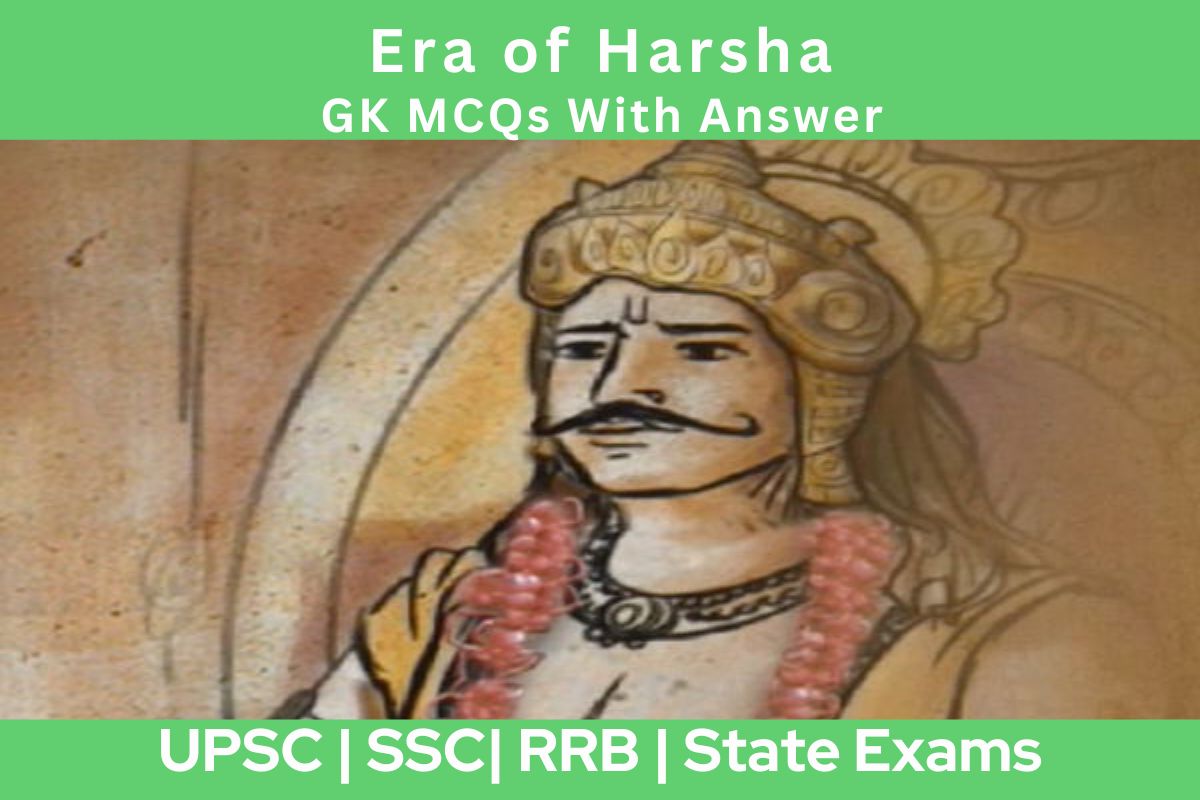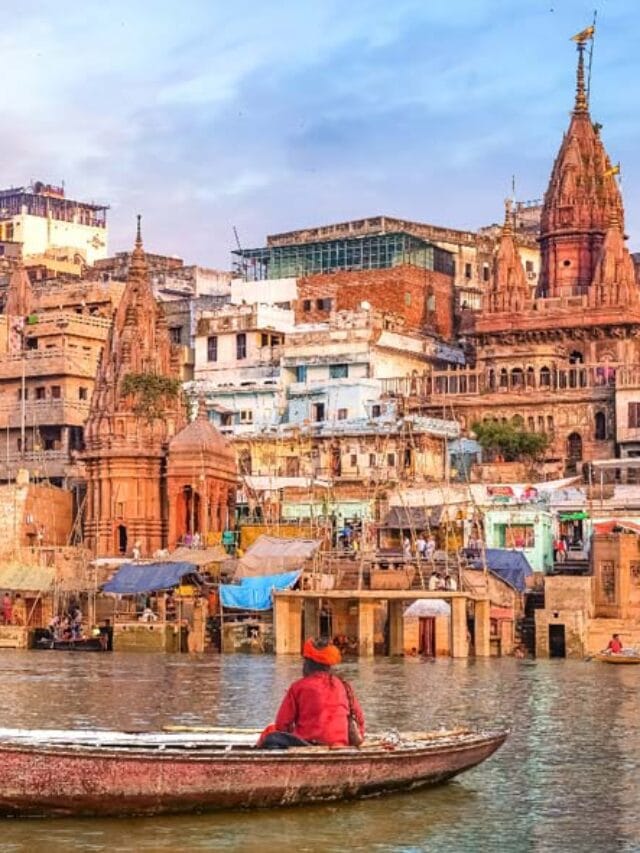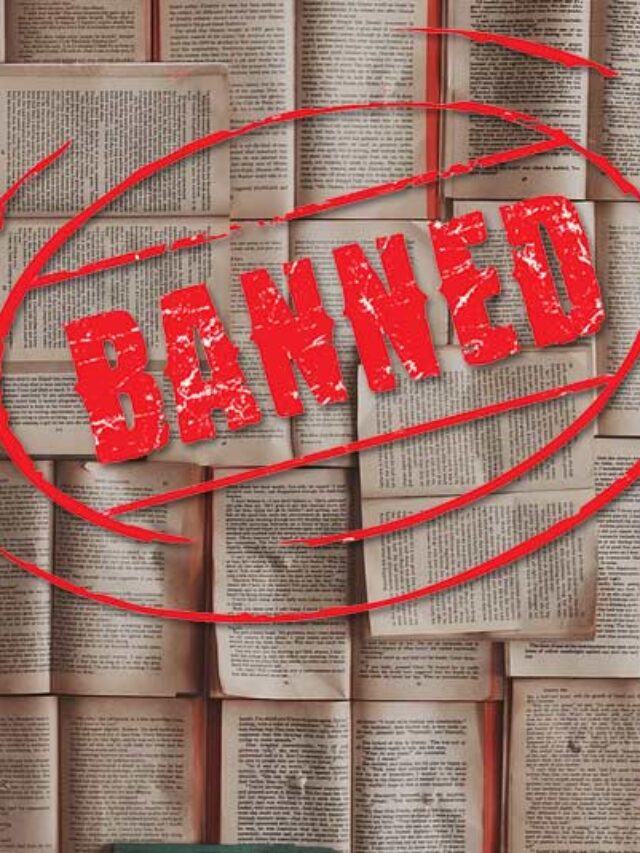
The Era of Harsha, spanning from 606 to 647 CE, is a pivotal period in Indian history marked by the rule of Emperor Harsha, a prominent ruler of the Vardhana dynasty. His reign is characterized by socio-economic prosperity, cultural advancements, and political stability. This era witnessed the synthesis of diverse cultural elements, contributing to a flourishing society.
MCQs with Answers and Explanations:
1. Which of the following was able to defeat the Hunas and strengthen his position in the regions of Punjab and Haryana?
- Prabhakar Vardhana
- Harsha Vardhana
- Rajya Vardhana
- None of the above
Show Answer
Correct Answer: Prabhakar Vardhana
Prabhakar Vardhana, the fourth king of the Pushyabhuti dynasty, managed to defeat the Hunas and strengthen his rule in regions like Punjab and Haryana.
2. Which of the following Pushyabhuti kings was treacherously killed by Shashanka, the king of Gauda?
- Prabhakar Vardhana
- Rajya Vardhana
- Harsha Vardhana
- None of the above
Show Answer
Correct Answer: Rajya Vardhana
After Prabhakar Vardhana’s death, his elder son, Rajya Vardhana, ascended to the throne but was treacherously killed by Shashanka, the king of Gauda (Bengal and Bihar).
3. Which of the following is described as the lord of the north (sakalauttarapathanatha)?
- Prabhakar Vardhana
- Rajya Vardhana
- Harsha Vardhana
- Grahavarman
Show Answer
Correct Answer: Harsha Vardhana
Harsha Vardhana, also known as Harshavardhan, expanded his empire in North India, and he is often referred to as the “lord of the north” or “sakalauttarapathanatha.”
4. Pushyabhutis were originally feudatories of which of the following?
- Mauryans
- Satavahanas
- Guptas
- None of the above
Show Answer
Correct Answer: Guptas
The Pushyabhutis originally served as feudatories to the Guptas and later emerged as an independent ruling family.
5. Which of the following actually laid the foundations of the Pushyabhuti dynasty?
- Prabhakar Vardhana
- Harsha Vardhana
- Rajya Vardhana
- Grahavarman
Show Answer
Correct Answer: Prabhakar Vardhana
Prabhakar Vardhana, the fourth ruler of the Pushyabhuti dynasty, laid the foundations of the dynasty and was celebrated as a great military general.
6. Which of the following is associated with the rule of Harsha Vardhana?
- 580-590 CE
- 595-606 CE
- 606-647 CE
- 647-665 CE
Show Answer
Correct Answer: 606-647 CE
Harsha Vardhana’s reign, which spanned from around 606 to 647 CE, was marked by significant developments and the visit of the Chinese pilgrim Hsuan Tsang to India.
7. Which of the following defeated Shashanka and extended his control over parts of Kongoda in Orissa?
- Rajya Vardhana
- Prabhakar Vardhana
- Grahavarman
- Harsha Vardhana
Show Answer
Correct Answer: Harsha Vardhana
Rajyavardhana, Harsha’s elder brother, was assassinated by Shashanka, the ruler of Gauda. However, Harsha subsequently defeated Shashanka and expanded his control to parts of Kongoda in Orissa.
8. Which of the following assumed the title of ‘Siladitya’?
- Harsha Vardhan
- Rajya Vardhana
- Prabhakar Vardhana
- None of the above
Show Answer
Correct Answer: Harsha Vardhan
Harsha Vardhana assumed the title of ‘Siladitya,’ which was noted in the travel records of Xuanzang (Hsuan Tsang), the Chinese traveler who visited India during that time.
9. Which of the following kings marched towards Kannauj and rescued his sister Rajyashri, who was believed to be on the verge of committing Sati?
- Rajya Vardhana
- Prabhakar Vardhana
- Harsha Vardhana
- None of the above
Show Answer
Correct Answer: Harsha Vardhana
When Harsha was just sixteen years old, he ascended to the throne and immediately marched to Kannauj to rescue his sister, Rajyashri, who was believed to be on the verge of committing Sati, a self-immolation practice.
10. Which of the following inscriptions mentions that Harsha defeated the Vallabhi king, Dhruvasena II?
- Sohgaura copper plate inscription
- Nausasi copper plate inscription
- Kadamba copper plate inscription
- None of the above
Show Answer
Correct Answer: Nausasi copper plate inscription
Harsha defeated the Vallabhi king, Dhruvasena II, as mentioned in the Nausasi copper plate inscription. However, Harsha was later defeated by Chalukyan king Pulakeshin II.
Era of Harsha Notes for UPSC Exam








Leave a Reply